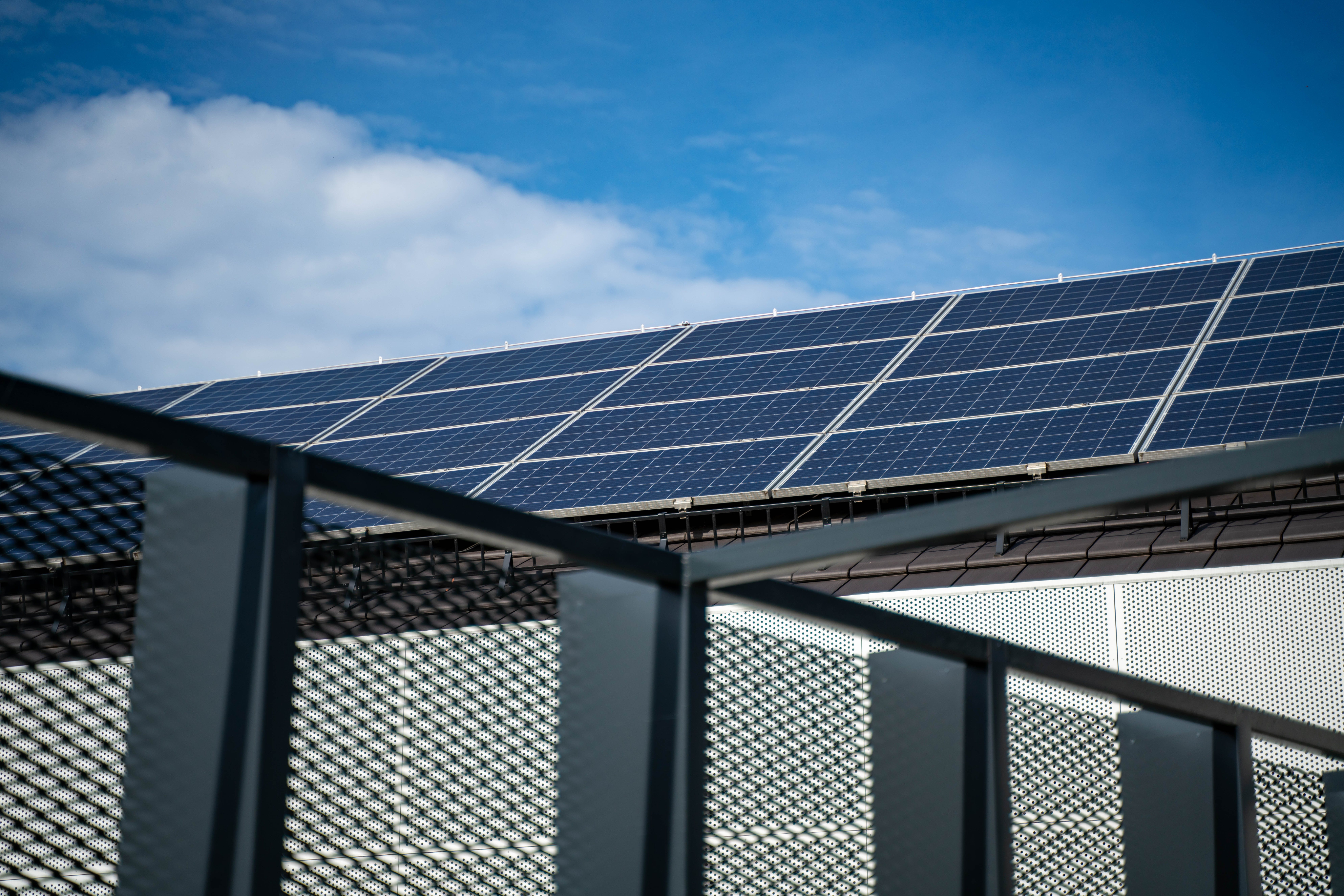🌍 1. Side Effects of Ultra-Energy-Efficient Buildings
When we try to make a building as “airtight” as possible to save energy for cooling or heating, several issues can arise:
Indoor Air Quality (IAQ):
Problem: To retain heat (or cold), modern buildings are sealed tight, minimizing natural ventilation.
Consequence: Fresh outdoor air can’t enter, while indoor pollutants — such as CO₂ from breathing, moisture from cooking/bathing, and volatile organic compounds (VOCs) from paint and new furniture — become trapped inside.
Result: The indoor air quality deteriorates significantly, leading to health problems like Sick Building Syndrome (SBS), causing fatigue, headaches, and allergies. 😟
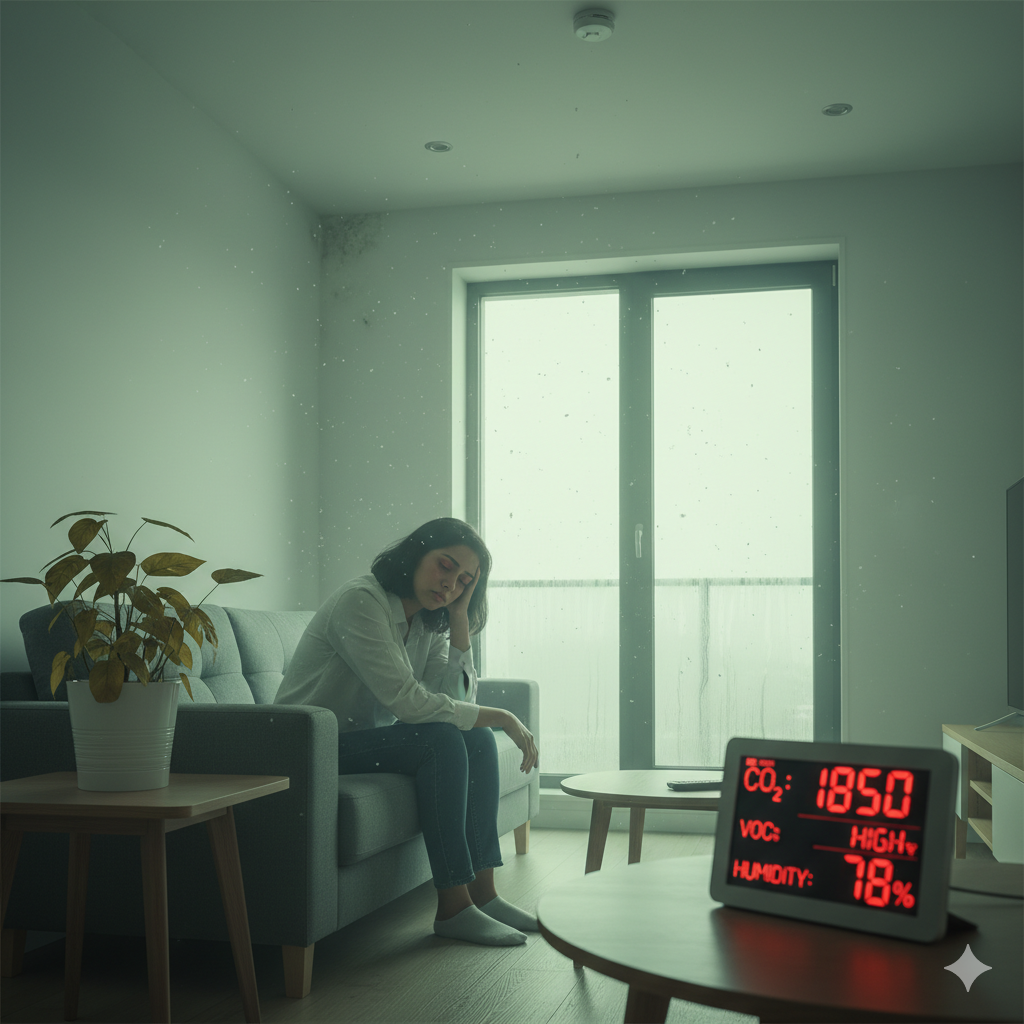
Quality of Life and Use:
Problem: Extreme energy-saving solutions can reduce user comfort.
Example: Overly sensitive (or dim) automatic lighting systems, rigid temperature controls that prevent user adjustment, or windows that can’t be opened — all make occupants feel confined and powerless.
Local Climate Effects (Urban Heat Island):
Problem: A paradox — a building can be cool and energy-efficient inside, yet contribute to heating its surroundings.
How it happens:
-
The building envelope and insulation materials absorb heat during the day and release it at night.
-
Air conditioners remove indoor heat effectively but discharge it directly outdoors, adding compressor-generated heat as well.
Result: When thousands of buildings do this simultaneously, city temperatures rise significantly compared to suburban areas. 🏙️🔥
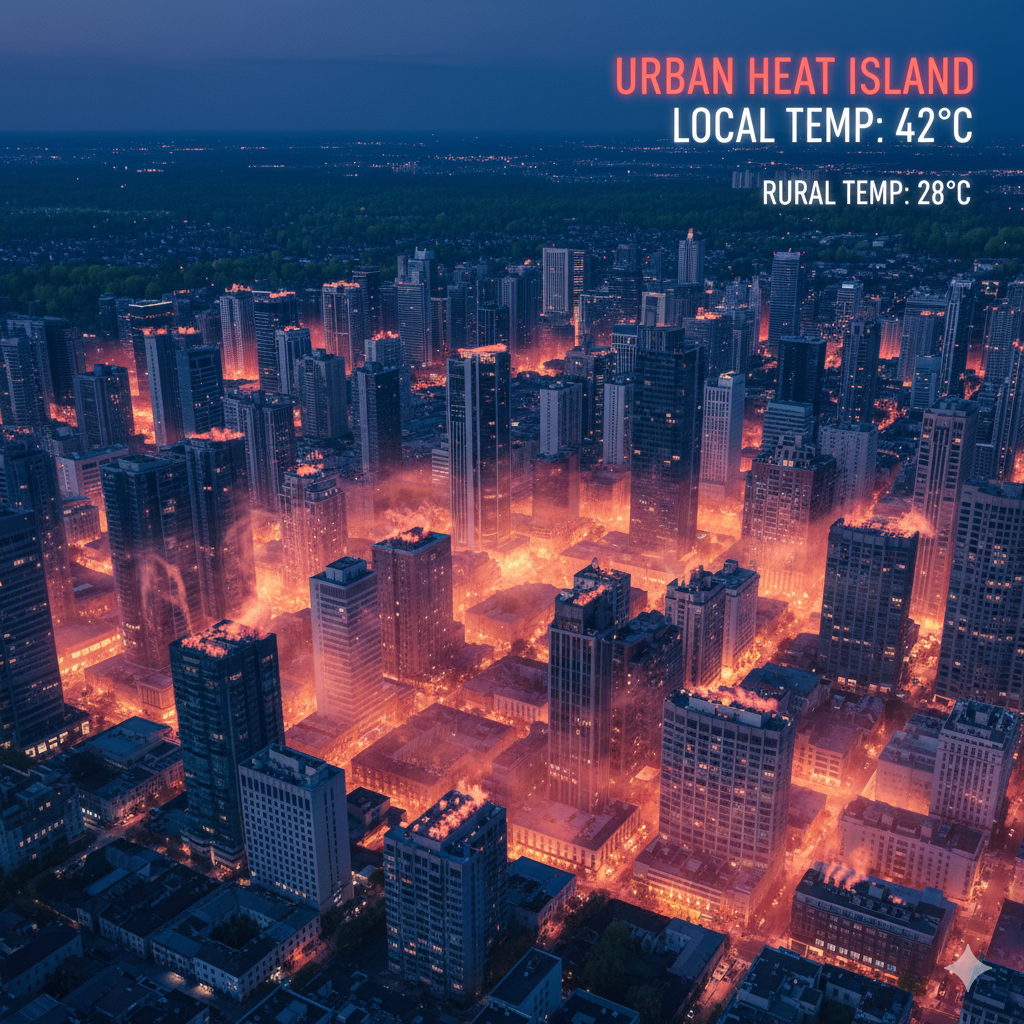
Energy Distribution Networks:
Problem: Changes in when and how energy is used can strain the power grid, even if total consumption drops.
Example: If all buildings switch to electric heat pumps instead of gas heaters (for higher efficiency), total energy use may fall — but peak electricity demand in winter can spike, overloading local grids.
🌿 2. The Bigger Issue: Full Environmental Impact (Life Cycle Perspective)
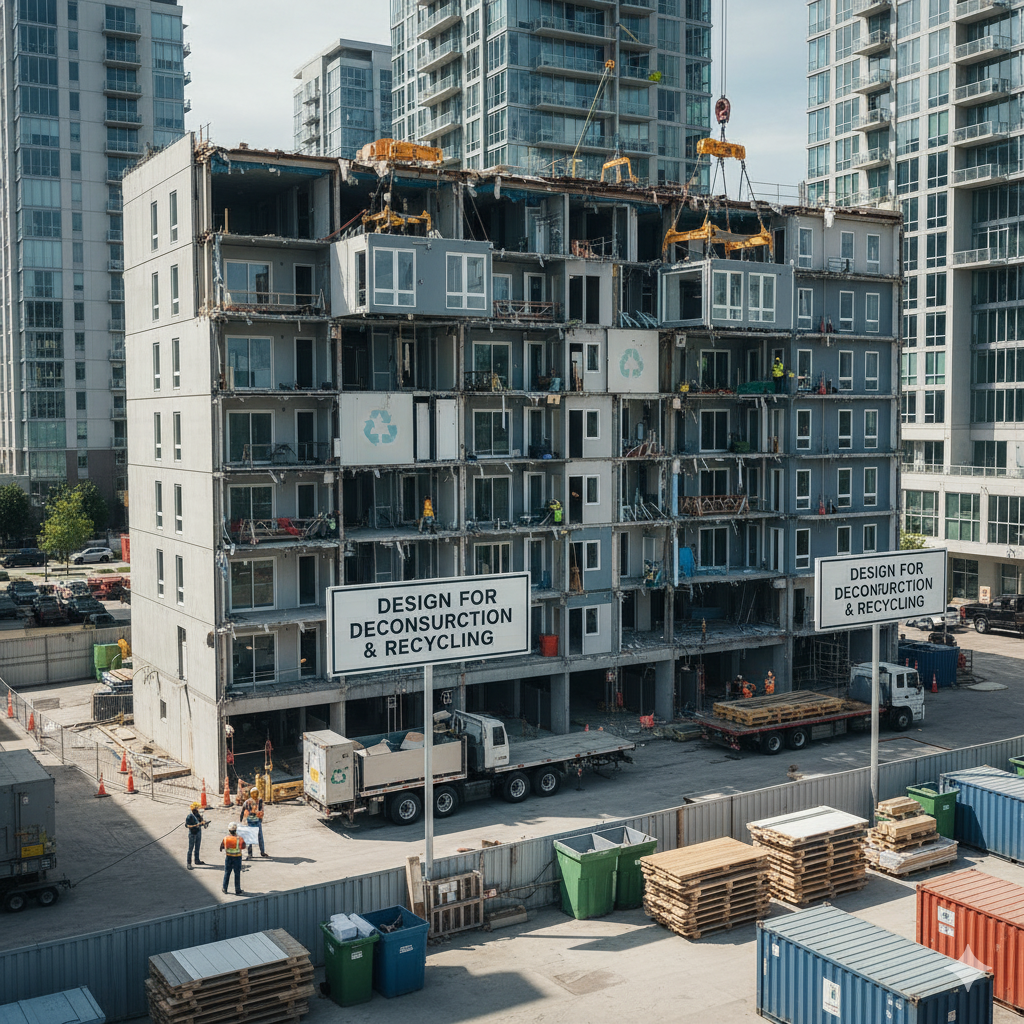
This section expands the focus beyond energy use to the entire life cycle of the building.
-
Operational Energy: The monthly electricity or gas bill — what we usually focus on.
-
Embodied Energy: All the energy required to create the building — from raw material extraction (sand, rock, iron ore), production (cement, steel, glass, insulation), to transportation and construction.
Core Issue: Sometimes, saving 1 unit of operational energy costs 10 units of embodied energy.
Example: A high-tech, ultra-efficient insulation panel can save lots of electricity, but its manufacturing may consume huge energy, use toxic chemicals, and become non-recyclable waste after 50 years.
Proposed Solutions:
-
Minimize Material Consumption: Design smarter to use fewer materials without sacrificing safety or performance.
-
Design for Deconstruction and Recycling:
This is the mindset of the Circular Economy.
Instead of demolishing buildings into rubble, we design for disassembly — meaning architects plan from the start so that, at the end of a building’s life, components like steel beams, cladding panels, and windows can be removed intact for reuse or recycling. ♻️
🔧 3. Implementation Roadmap
Pilot Research Projects:
Because these multi-criteria goals are complex and costly at first, we should test them on small-scale demonstrator projects.
These allow scientists and engineers to experiment with new materials and designs and carefully measure both positive and negative impacts before mass application.
Energy Rehabilitation:
Once experience is gained from pilot projects, apply these principles to retrofit existing buildings.
This is crucial, since the majority of the building stock already exists — improving them (not just building new ones) is key to achieving climate goals.
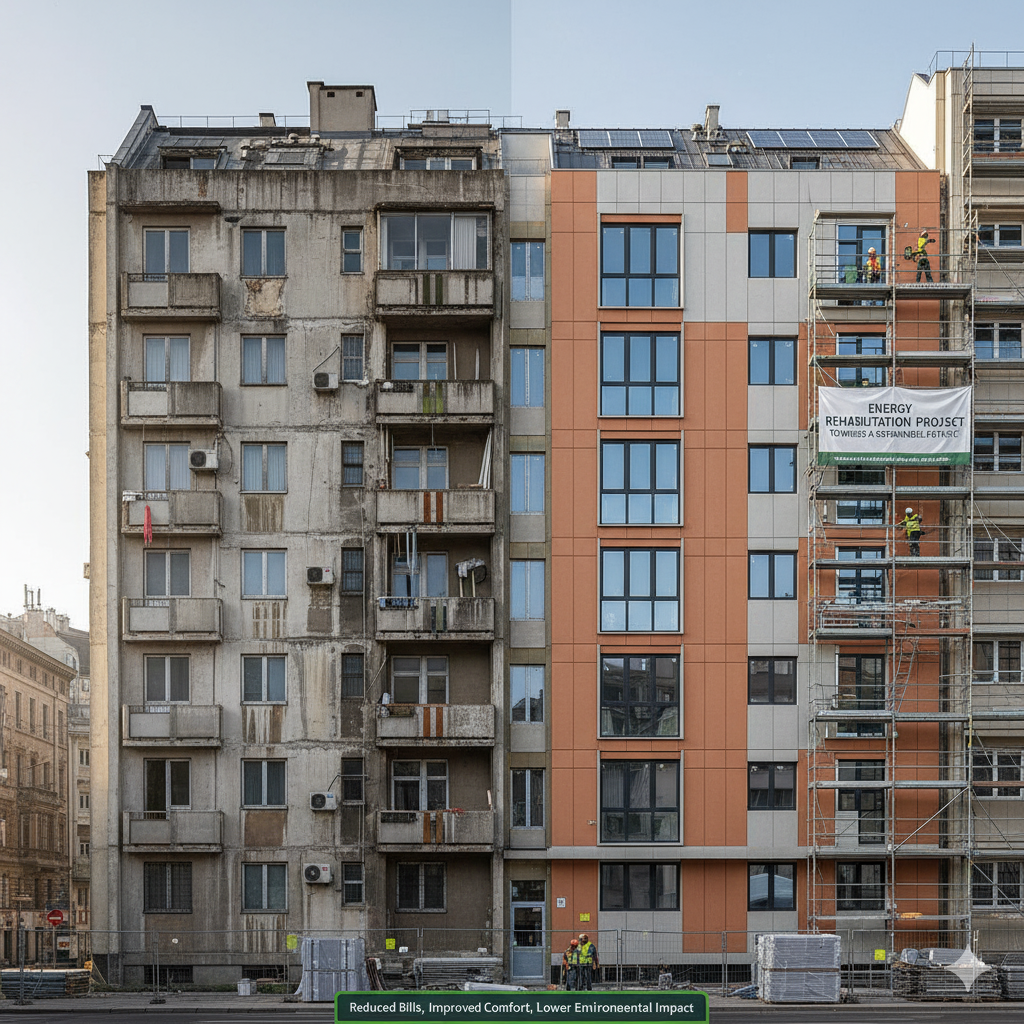
Overall Summary:
The goal is not to “save energy at all costs.”
The goal is to create truly sustainable buildings — ones that save operational energy, provide healthy and comfortable environments, minimize urban heat impacts, and use environmentally friendly materials with low embodied energy that can be recycled or reused. 🌏
Tags
Related news

10 Innovative Ways to Use IAQ Data for Healthy Buildings
Closing the Gap Between Data and Action For forward-thinking organizations, improving Indoor Air Quality (IAQ) is a strategic priority. IAQ...
View detail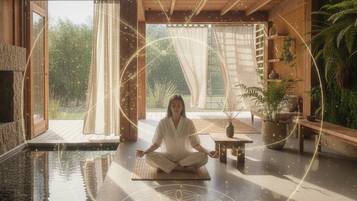
Designing the Mindful Home: From Matter to Energy
A mindful home is not merely a place to live — it is a conscious space, where every line, material,...
View detail
Body – Mind – Qi: The Foundation of Healing Architecture
The home is not only a shelter for the body but also a space that nurtures the soul and life...
View detail
